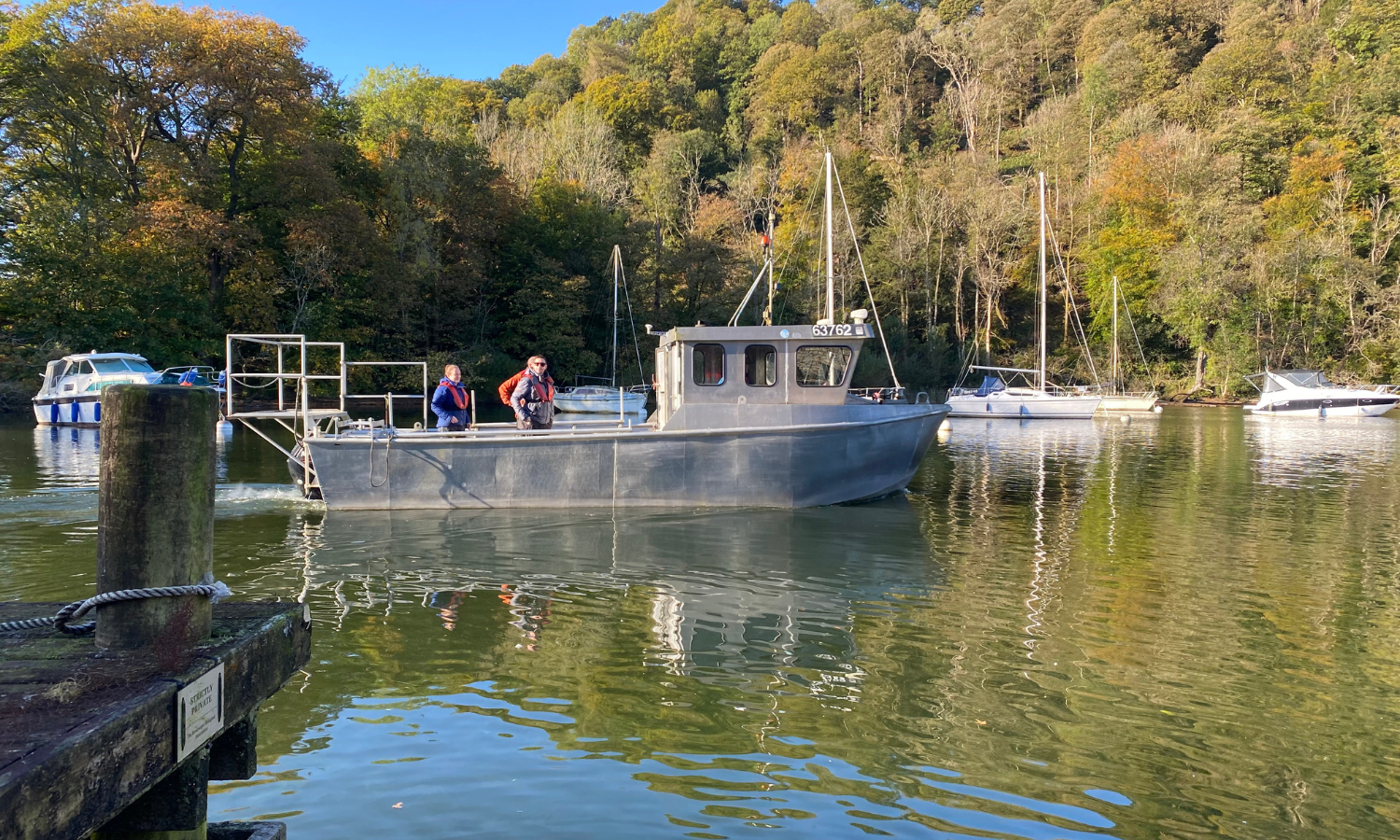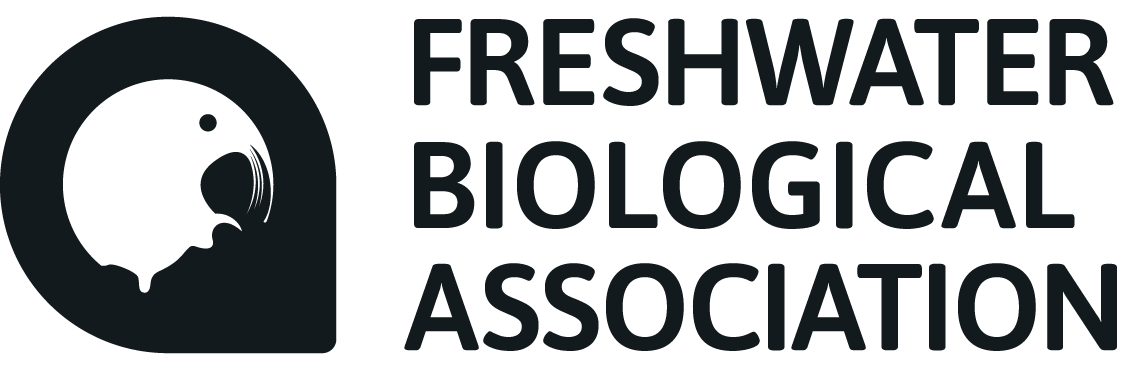Huge funding boost from Natural England for threatened fish in the Lake District
9 April, 2025
We are delighted to announce that the Lake District Arctic Charr Recovery and Management project has been awarded Natural England Species Recovery Programme funding to support vital research to help save Arctic charr populations in England from extinction.
The FBA has been awarded £128,000 through Natural England's Species Recovery Programme to support the Lake District Charr Recovery & Management (LD-CHARM) project, aiming to safeguard and restore Arctic charr populations in Windermere and the wider Lake District.
Photograph of Arctic charr by Chris Conroy
Aims of the LD-CHARM project
Arctic charr (Salvelinus alpinus) are cold-water fish native to sub-Arctic regions, with the Lake District populations being near the southern extent of their natural distribution. Over recent decades, these populations have declined due to factors such as invasive non-native species, habitat degradation, and the impacts of climate change. The LD-CHARM project seeks to address these challenges through comprehensive research and conservation actions.
Project Objectives:
Habitat Assessment: Identify and evaluate existing and potential spawning ground use to investigate spawning behaviour.
Habitat Condition: Assess condition of existing and potential spawning grounds to inform conservation strategies.
Population Genetics: Investigate the genetic diversity of Arctic charr populations to guide effective management plans.
Conservation Planning: Formulate evidence-based conservation actions to mitigate identified threats and promote population recovery.
More about the LD-CHARM partnership
Led by the FBA, the project brings together a consortium of research and fish ecology experts from the FBA, UK Centre for Ecology and Hydrology, University of the Highlands and Islands and University of Glasgow, pairing these with nature-focussed Government agencies and other organisations providing fisheries and ecological management expertise (Natural England, Environment Agency, Institute for Fisheries Management, Lake District National Park Authority and Westmorland and Furness Council). We also have support from private businesses Echoview and Blueprint Subsea, providing key technological input on the fish survey side of the project.
Partner Statements
Dr. Graeme Storey, Fisheries Manager at the Environment Agency, stated, "The Environment Agency is delighted to be part of this exciting partnership project which will benefit this iconic fish species by answering key questions and identifying conservation actions that will feed into the management of Arctic charr and its environment across the Lake District."
Professor Bernd Hänfling from the University of the Highlands and Islands remarked, "Arctic charr are a keystone species in many large, deep UK lakes. However, their adaptation to cold, clear water makes them highly vulnerable to pollution and rising temperatures. This project will generate critical evidence to support the conservation of this enigmatic species, and I’m excited to be part of this collaboration."
Dr. Louise Lavictoire, Head of Science at the Freshwater Biological Association, added, "The FBA has been researching Arctic charr since the 1940s and has some of the longest running datasets on the species in the Lake District. The LD-CHARM partnership is incredibly strong, bringing together academics, applied scientists, government bodies, and private companies to answer key questions in a holistic way to turn the tide on charr decline and safeguard the species in the Lake District."






Supporting species recovery
The LD-CHARM project aligns with Natural England's commitment to reversing species decline and promoting biodiversity across England. Through collaborative efforts and dedicated research, the LD-CHARM project aims to ensure the long-term survival of Arctic charr in the Lake District, preserving this unique species for future generations.
Photograph of Arctic charr by Lindsay McCrae
Special thanks to Lindsay McCrae and Chris Conroy for the incredible Arctic charr photographs used to support the LD-CHARM project.

